- What are Goji Berries?
- Health Benefits of Goji Berries
- 1. High in antioxidants
- 2. Good for your eyes
- 3. Rich in vitamins and minerals
- 4. Supports healthy skin
- 5. Boosts energy and mood
- 6. Supports weight loss
- 7. May help to prevent cancer
- Growing Goji Berries at Home
- Best Soil for Growing Goji Berries
- 1. Well-Drained Soil
- 2. pH Level
- 3. Soil Texture
- 4. Organic Matter
- 5. Soil Nutrients
- 6. Mulching
- 7. Soil Testing
- Sunlight and Watering Requirements for Goji Berries
- Sunlight Requirements
- Watering Requirements
- Pruning and Maintenance of Goji Berry Plants
- 1. Timing
- 2. Tools
- 3. Removing Dead and Diseased Wood
- 4. Controlling Size and Shape
- 5. Stimulating New Growth
- 6. Removing Suckers
- 7. Mulching and Fertilizing
- Pests and Diseases that Affect Goji Berries
- Pests
- Diseases
- Conclusion
- Harvesting and Using Goji Berries
- When to Harvest
- Harvesting Techniques
- Using Fresh Goji Berries
- Drying and Storing Goji Berries
- Enjoying Dried Goji Berries
- Question-answer:
- How can I grow Goji berries in my own garden?
- What kind of soil do Goji berries prefer?
- How often should I water my Goji berry plants?
- When is the best time to harvest Goji berries?
- Can Goji berries be grown in containers or pots?
- Video: How to Grow Goji Berries – Complete Growing Guide
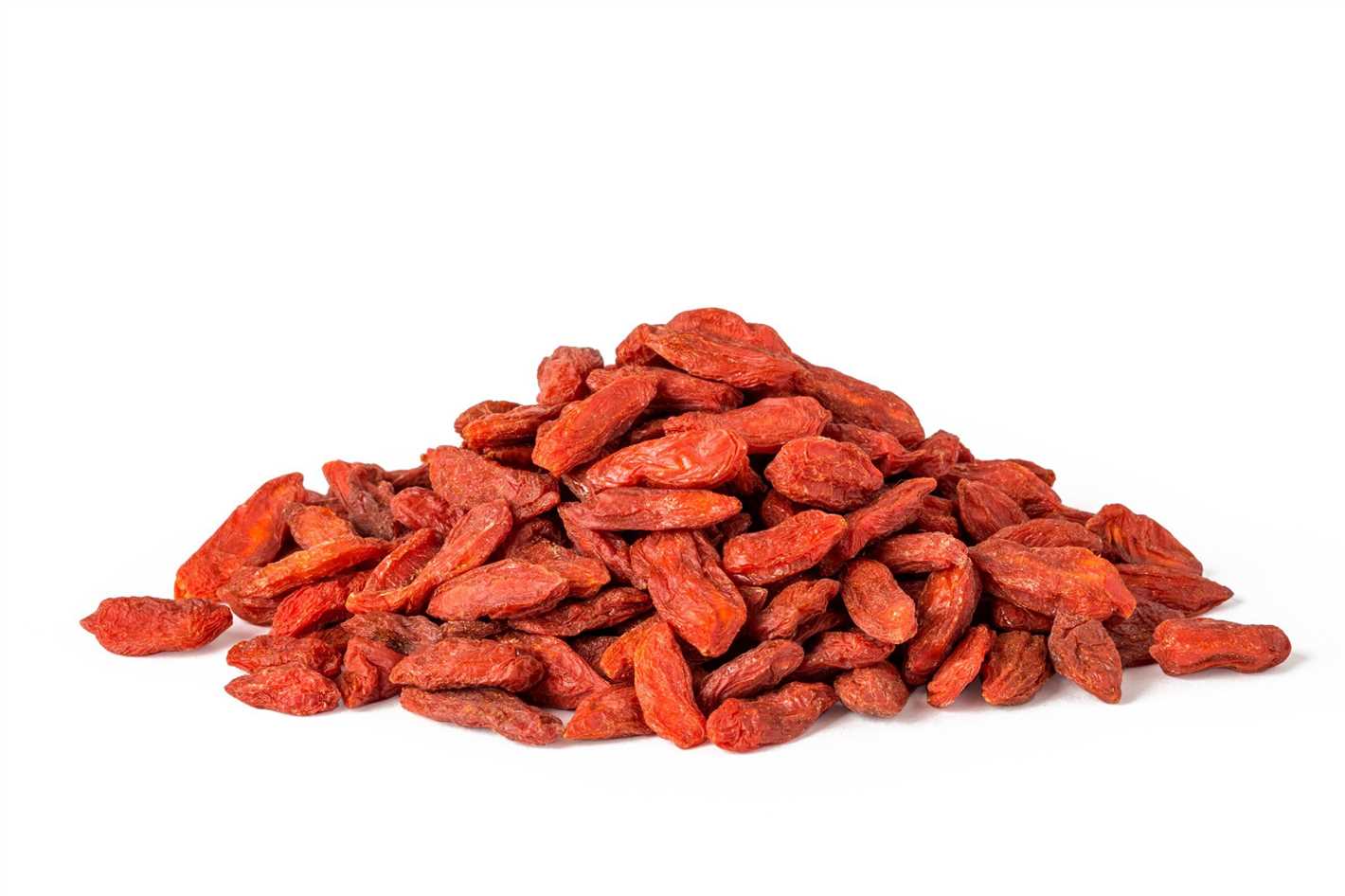
If you’re a health-conscious individual looking to add a superfood to your diet, then goji berries might be just what you need. These tiny red berries, also known as wolfberries, are packed with essential nutrients and have been used for centuries in traditional Chinese medicine. But why buy them from a store when you can grow your own?
Growing goji berries is easier than you might think. They are a hardy plant that can thrive in a variety of climates, making them suitable for both beginner and experienced gardeners. Plus, they are low maintenance and can be grown in containers or in your garden. So, whether you have a small balcony or a spacious backyard, you can enjoy the benefits of these delicious and healthy berries.
Before you start growing goji berries, there are a few hidden tips you should know. First, location is key. Goji berries prefer full sun, so choose a spot in your garden that receives at least 6 hours of direct sunlight each day. Additionally, they need well-draining soil, so make sure to amend your soil with compost or sand if it’s heavy or clay-like.
Another important tip is pruning. Goji berries are vigorous growers and can become quite bushy if left unattended. To maintain a more compact and manageable plant, prune your goji berry bushes by removing any dead or crossing branches. This will not only improve airflow and reduce the risk of diseases but also stimulate new growth and ensure a higher yield.
What are Goji Berries?
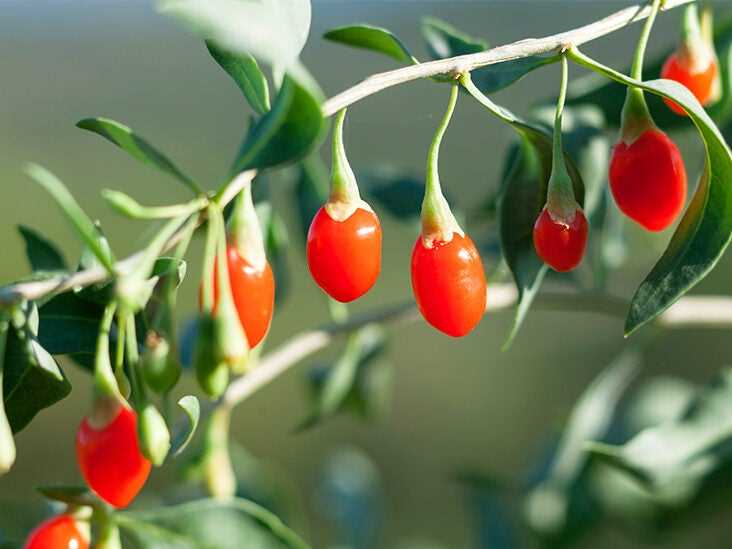

Goji berries, also known as wolfberries, are small bright red berries that come from the Lycium barbarum plant. They have been used in traditional Chinese medicine for centuries due to their numerous health benefits. Goji berries are often referred to as a superfood because they are packed with nutrients and antioxidants.
Nutritional Profile
Goji berries are loaded with essential vitamins and minerals, making them a popular addition to a healthy diet. They contain high amounts of vitamin C, vitamin A, iron, and zinc. These berries are also a good source of fiber and protein.
Health Benefits
Eating goji berries regularly can provide several health benefits. They are known to boost the immune system, protect against age-related eye diseases, and improve skin health. Goji berries also have anti-inflammatory properties and may help lower blood sugar levels.
How to Eat Goji Berries
Goji berries can be enjoyed in various ways. They can be eaten raw, dried, or added to dishes like smoothies, salads, and trail mixes. Some people also use goji berries to make tea or juice to enjoy their health benefits.
Growing Goji Berries
If you want to grow your own goji berries, you can do so in your garden or in containers. They are relatively easy to grow and require full sun and well-drained soil. Goji berries can be propagated from seeds or cuttings, and they usually start producing fruit within two years.
Care and Maintenance
Goji berry plants require regular watering, especially during dry periods. They should be pruned to maintain their shape and promote better fruiting. Additionally, these plants can be susceptible to pests and diseases, so it’s important to monitor for any issues and take appropriate measures.
Conclusion
Goji berries are a nutritious and versatile superfood that you can easily incorporate into your diet. Whether you choose to grow them yourself or purchase them from a store, adding goji berries to your daily routine can have numerous health benefits.
Health Benefits of Goji Berries
Goji berries, also known as wolfberries, are small red fruits that are native to China. They have been used in traditional Chinese medicine for centuries due to their numerous health benefits. Here are some of the key health benefits of goji berries:
1. High in antioxidants
Goji berries are packed with antioxidants that help to protect your body from oxidative stress. These antioxidants can help to reduce inflammation, boost your immune system, and promote overall health.
2. Good for your eyes
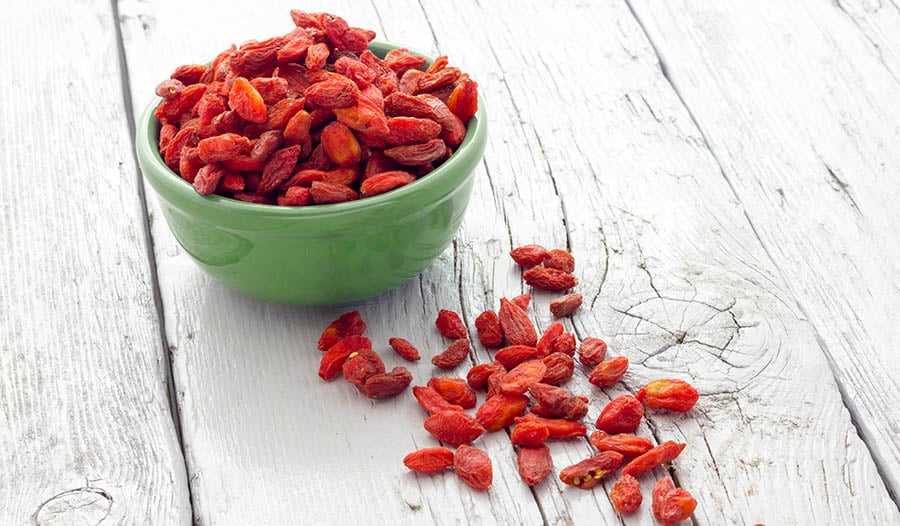

Goji berries are a rich source of zeaxanthin and lutein, two antioxidants that are crucial for eye health. These antioxidants can help to protect your eyes from damage caused by harmful UV rays and reduce the risk of age-related macular degeneration.
3. Rich in vitamins and minerals
Goji berries are a great source of vitamins A, C, and E, as well as minerals such as iron, zinc, and selenium. These nutrients are essential for maintaining a healthy immune system, promoting cell growth and repair, and supporting overall well-being.
4. Supports healthy skin
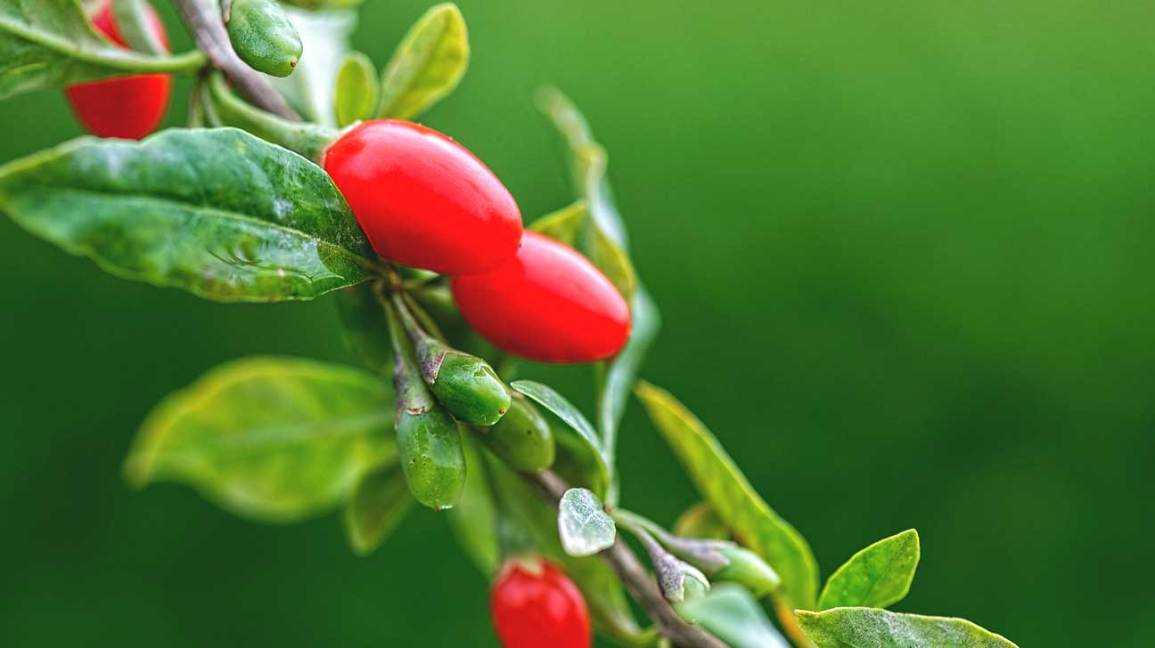

The antioxidants and vitamins found in goji berries can help to improve the health and appearance of your skin. They can boost collagen production, reduce the signs of aging, and promote a healthy glow.
5. Boosts energy and mood
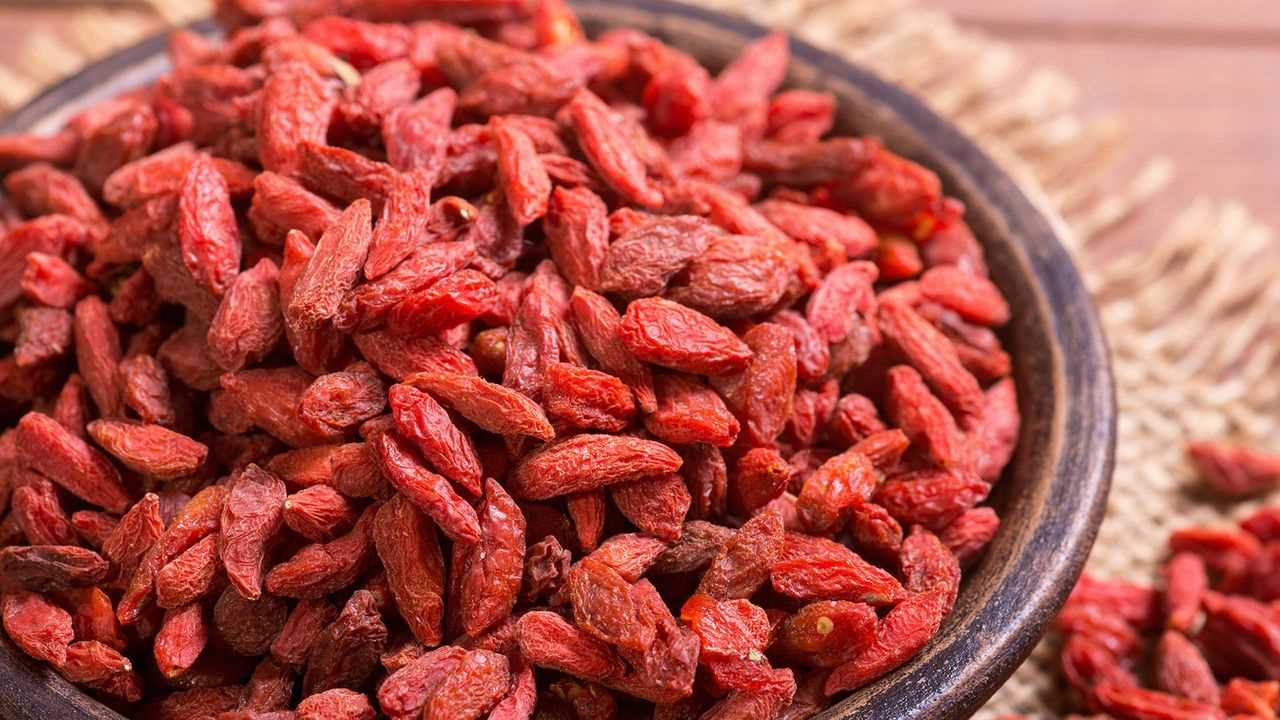

Goji berries are high in nutrients and can provide a natural energy boost. They are also known to enhance mood and improve mental alertness, making them a great snack for when you need a pick-me-up.
6. Supports weight loss
Goji berries are low in calories and high in fiber, making them a great addition to a weight loss diet. They can help to reduce cravings, stabilize blood sugar levels, and promote feelings of fullness.
7. May help to prevent cancer
Some studies have suggested that goji berries may have anticancer properties. The antioxidants in goji berries can help to protect cells from DNA damage and inhibit the growth of cancer cells.
Overall, goji berries are a nutritious and delicious addition to your diet. Incorporating them into your meals or enjoying them as a snack can provide a wide range of health benefits.
Growing Goji Berries at Home
1. Choose a Suitable Location: Goji berries prefer full sun, so choose a spot in your garden that receives at least 6-8 hours of direct sunlight each day. Additionally, make sure the soil is well-draining and has a pH level between 6.0 and 7.0.
2. Prepare the Soil: Before planting, prepare the soil by loosening it with a garden fork or tiller. Remove any weeds or grasses, and add compost or well-rotted manure to improve the soil’s fertility and drainage.
3. Planting: Goji berries can be grown from seeds, cuttings, or potted plants. If starting from seeds, soak them in water for 24 hours before sowing. Plant the seeds 1/4 inch deep in rows or individual pots. If using cuttings or potted plants, dig a hole slightly larger than the root ball and place the plant in the hole, ensuring it is centered and level with the surrounding soil.
4. Watering: Water the goji berries regularly, especially during dry periods. Aim to keep the soil consistently damp but not overly saturated. Mulching around the plants can help retain moisture and suppress weeds.
5. Pruning: Prune goji berry plants in late winter or early spring to maintain their shape and promote healthy growth. Remove any dead, damaged, or crossing branches. Trim back long shoots to encourage bushiness. Pruning also helps to control the size of the plant.
6. Fertilizing: Goji berries are not heavy feeders, but they can benefit from a balanced fertilizer once or twice a year. Apply the fertilizer in early spring and again in early summer, following the manufacturer’s instructions for the proper dosage.
7. Pest and Disease Control: Goji berries are generally resistant to pests and diseases. However, you should keep an eye out for aphids, spider mites, and powdery mildew. If necessary, use appropriate organic or chemical treatments to control these issues.
8. Harvesting: Goji berries typically ripen in late summer or early fall. Wait until the berries are deep red or orange before harvesting. Gently pick them off the plant, being careful not to damage the branches. Enjoy the berries fresh, dried, or in various culinary creations!
9. Winter Care: In cold climates, goji berry plants may require protection during the winter. Mulch around the base of the plant to insulate the roots and cover the branches with burlap or frost blankets to prevent damage from freezing temperatures.
10. Bonus Tip: Goji berries are self-fertile, but planting multiple plants close together can increase cross-pollination and enhance fruit production. Consider planting several goji berry plants to maximize your harvest!
Best Soil for Growing Goji Berries
When it comes to growing goji berries, having the right soil is essential for their successful development and production. Here are some tips on the best soil conditions for growing goji berries:
1. Well-Drained Soil
Goji berries prefer well-drained soil that is not prone to waterlogging. Standing water can lead to root rot and other diseases, so make sure the soil allows excess water to drain away.
2. pH Level
The ideal pH level for goji berries is between 6.0 and 8.0. They can tolerate slightly acidic to slightly alkaline soil, but it’s best to aim for a neutral pH for optimal growth.
3. Soil Texture
The soil for goji berries should have a sandy loam texture. This type of soil allows for good drainage while still retaining enough moisture for the plants to thrive.
4. Organic Matter
Adding organic matter, such as compost or well-rotted manure, to the soil before planting goji berries can improve its fertility and nutrient content. Organic matter also helps with moisture retention.
5. Soil Nutrients
Goji berries benefit from a balanced supply of nutrients in the soil. Before planting, incorporate a slow-release fertilizer or a balanced organic fertilizer to provide essential nutrients like nitrogen, phosphorus, and potassium.
6. Mulching
Applying a layer of organic mulch around the base of goji berry plants helps to conserve moisture, suppress weed growth, and maintain a more stable soil temperature.
7. Soil Testing
It’s always a good idea to test the soil before planting goji berries to ensure it meets their specific nutrient requirements. Soil testing kits are readily available and can provide valuable insights into the soil’s composition.
By ensuring your goji berries have the right soil conditions, you can create an optimal growing environment that will help them thrive and produce an abundant harvest.
Sunlight and Watering Requirements for Goji Berries
Goji berries, also known as wolfberries, are a popular superfood that can be easily grown in your own backyard. However, in order to ensure a successful harvest, it is important to provide the plants with the right amount of sunlight and water.
Sunlight Requirements
Goji berries thrive in full sunlight, so it is best to plant them in an area that receives at least 6-8 hours of direct sunlight per day. The more sunlight they receive, the better they will grow and produce fruit. If you have a sunny spot in your garden or yard, it would be the ideal location for planting goji berries.
If you live in a region with hot summers, it is important to provide some shade for the plants during the hottest part of the day. This can be done by planting them near a taller plant or placing a shade cloth over them. This will help prevent the leaves from getting sunburned and keep the plant healthy.
Watering Requirements
Goji berries require regular watering, especially during dry periods. They need moist soil, but it’s important not to overwater them as they can be susceptible to root rot. It’s a good idea to check the soil moisture level before watering.
During the growing season, water the goji berry plants deeply once or twice a week, depending on the weather conditions. Allow the soil to dry out slightly between waterings to prevent overwatering. To retain moisture and prevent weeds, mulch around the base of the plants.
It’s also important to note that goji berries are sensitive to hard water, so if you have tap water that is high in minerals, it’s recommended to use rainwater or filtered water instead.
By providing your goji berries with the right amount of sunlight and water, you can ensure healthy plants and a bountiful harvest of this nutritious superfood.
Pruning and Maintenance of Goji Berry Plants
Proper pruning and maintenance are essential for ensuring the health and productivity of your goji berry plants. By following these tips, you can promote strong growth and a bountiful harvest.
1. Timing


- Prune your goji berry plants during the dormant season, preferably in late winter or early spring.
- Avoid pruning during the growing season, as this can disrupt the plant’s ability to produce fruit.
2. Tools
- Use clean, sharp pruning shears to make clean cuts and reduce the risk of disease transmission.
- Disinfect your pruning tools before and after use to prevent the spread of diseases between plants.
3. Removing Dead and Diseased Wood
- Start by removing any dead, damaged, or diseased wood. This will help improve the overall health of the plant.
- Cut back the dead or diseased wood to healthy growth, making a clean cut just above a bud or lateral branch.
4. Controlling Size and Shape
- If your goji berry plant becomes too large or starts to spread too much, you can prune it to control its size and shape.
- Trim back long or unruly branches to encourage a more compact and bushy growth habit.
5. Stimulating New Growth
- To stimulate new growth and increase fruit production, you can selectively prune the oldest branches each year.
- Remove one or two of the oldest, least productive branches at ground level to encourage new shoots to emerge.
6. Removing Suckers
- Goji berry plants can produce suckers, which are shoots that emerge from the base of the plant.
- To maintain the vigor and focus growth on the main plant, remove any suckers that appear.
7. Mulching and Fertilizing
- Apply a layer of organic mulch around the base of your goji berry plant to help conserve moisture and suppress weed growth.
- Fertilize your goji berry plants with a balanced, slow-release fertilizer in the early spring to provide essential nutrients.
By following these pruning and maintenance techniques, you can keep your goji berry plants healthy, vigorous, and productive for years to come.
Pests and Diseases that Affect Goji Berries
Just like any other plant, goji berries are susceptible to a range of pests and diseases that can negatively impact their growth and health. It’s important for growers to be aware of these potential issues and take appropriate measures to prevent and treat them.
Pests
- Aphids: These small, soft-bodied insects feed on the sap of goji berry plants, causing distorted growth and wilting. Regularly inspect your plants and use insecticidal soap or neem oil to control aphids.
- Spider mites: These tiny pests can be difficult to detect, but their presence can be identified by the fine webbing they produce. Spider mites suck the sap from goji berry leaves, causing yellowing and stippling. Use neem oil or predatory mites to control spider mites.
- Caterpillars: Caterpillars can chew on goji berry leaves, causing defoliation and weakening the plants. Handpick any caterpillars you find and use insecticidal sprays if the infestation is severe.
- Snails and slugs: These mollusks can feed on goji berry leaves and fruits, leaving behind holes and slime trails. Use beer traps, copper barriers, or iron phosphate baits to control snails and slugs.
Diseases
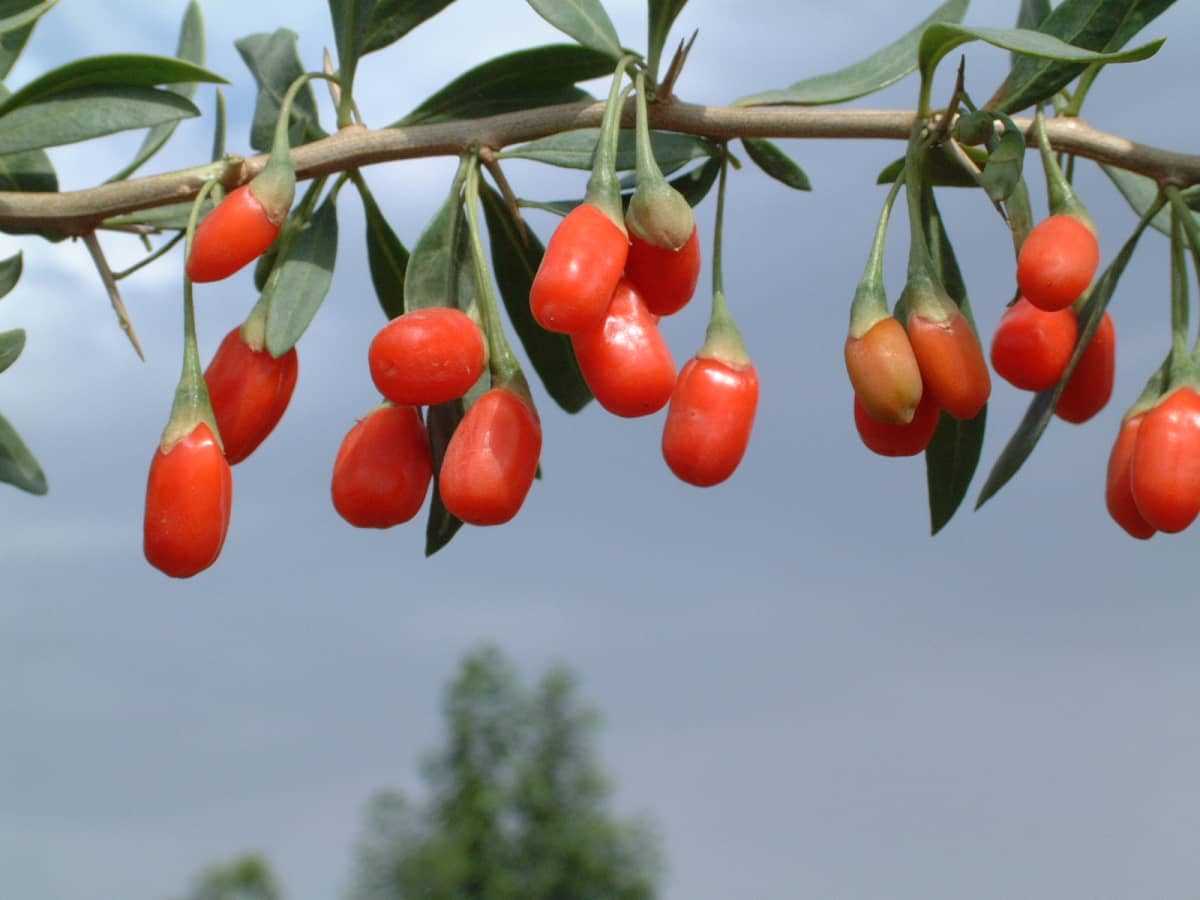

- Leaf spot: This fungal disease causes dark, circular spots on goji berry leaves. Regularly remove infected leaves and make sure to water the plants at the soil level instead of overhead to prevent the spread of leaf spot.
- Powdery mildew: Powdery mildew appears as a white, powdery coating on goji berry leaves, stems, and fruits. Improve air circulation around the plants and use fungicidal sprays as a preventive measure.
- Root rot: Overwatering and poorly-drained soil can lead to the development of root rot in goji berry plants. To prevent this disease, make sure the soil has good drainage and avoid overwatering.
- Gray mold: Also known as botrytis blight, gray mold affects goji berry fruits, causing them to rot and become covered in a grayish mold. Remove affected fruits and improve air circulation to prevent the spread of gray mold.
Conclusion
By being proactive and vigilant in monitoring the health of your goji berry plants, you can effectively manage and prevent many of the common pests and diseases that can affect them. Regularly inspect your plants, implement proper cultural practices, and use appropriate treatments when necessary to ensure the successful growth and harvest of your goji berries.
Harvesting and Using Goji Berries
Harvesting goji berries is an exciting and rewarding process. Once your goji plant is established and matured, usually around 2-3 years old, it will start producing berries. Here are some tips and techniques for harvesting and using goji berries:
When to Harvest
Goji berries are typically ready for harvest in late summer or early fall, usually between July and October, depending on your location and climate. The berries should be fully ripe and bright red in color.
Harvesting Techniques
- Use a pair of clean gardening shears or scissors to carefully cut the ripe berry clusters from the plant.
- Hold the berry cluster gently to avoid damaging the berries, then snip the stem below the cluster.
- Avoid pulling or yanking the berries as this may damage the plant.
- Be sure to wear gloves or use a clean towel when harvesting to prevent staining your hands with the juice.
Using Fresh Goji Berries
Fresh goji berries have a sweet and slightly tangy flavor, similar to a combination of cranberries and cherries. They can be enjoyed in various ways:
- Eat them raw as a nutritious snack.
- Add them to smoothies or juices for an extra boost of antioxidants.
- Use them in salads, oatmeal, or yogurt for a burst of flavor and texture.
- Blend them with other fruits to make delicious sauces, jams, or sorbets.
Drying and Storing Goji Berries
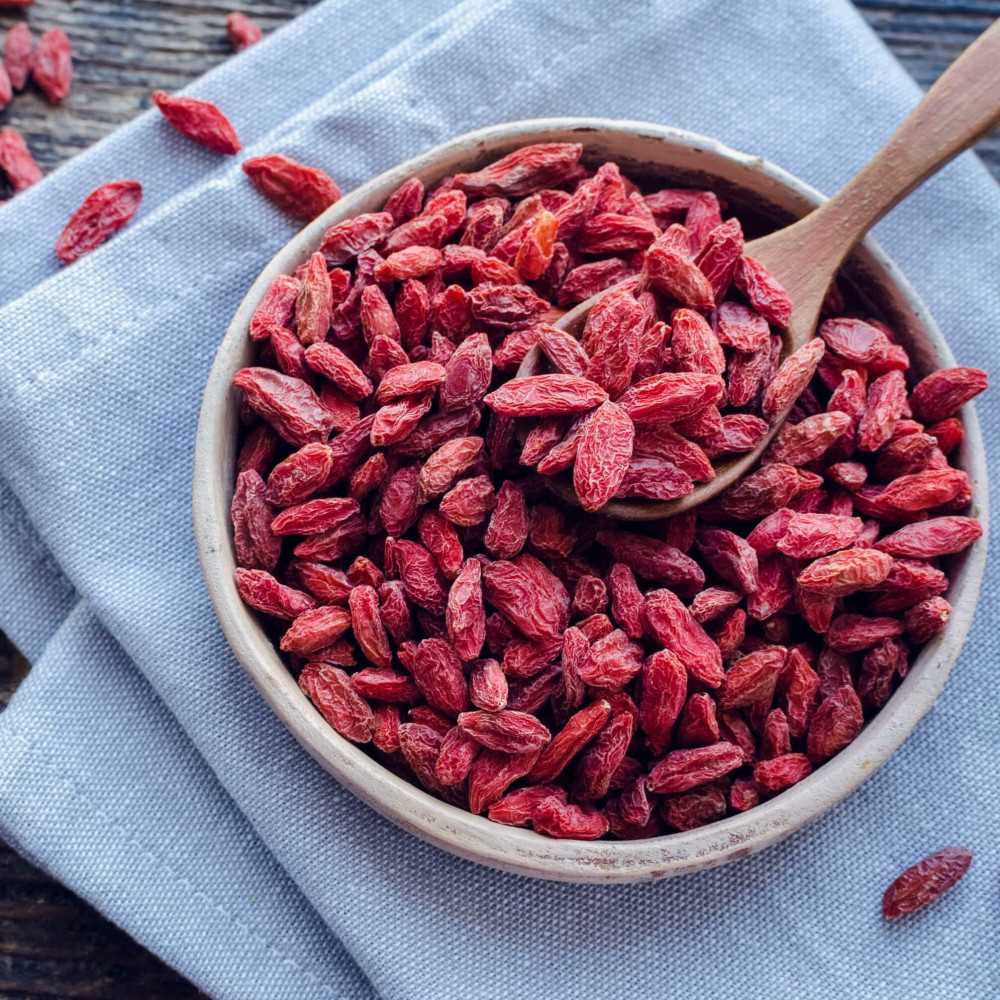

If you have a large harvest of goji berries or want to preserve them for later use, drying is a great option.
- Wash the freshly harvested berries and remove any stems or leaves.
- Spread the berries in a single layer on a clean, dry surface such as a baking sheet or dehydrator tray.
- Place the berries in a well-ventilated area or use a food dehydrator set to a low temperature (around 130°F or 54°C).
- Allow the berries to dry for 12-48 hours until they become shriveled and dry to the touch.
- Store the dried berries in airtight containers in a cool, dark place. They can last for up to a year.
Enjoying Dried Goji Berries
Dried goji berries make a convenient and versatile ingredient:
- Snack on them directly for a healthy, energy-boosting treat.
- Add them to trail mix, granola, or baked goods for added sweetness and texture.
- Rehydrate them by soaking in warm water or juice, then use them in recipes.
- Infuse them in teas or make goji berry-infused liqueurs.
Whether enjoyed fresh or dried, goji berries are a nutrient-packed superfood that can elevate your meals and snacks with their vibrant color and distinct taste. Harvesting your own goji berries allows you to fully experience the joy of growing and using this powerful fruit.
Question-answer:
How can I grow Goji berries in my own garden?
To grow Goji berries in your own garden, you need to start by selecting a sunny location with well-draining soil. Plant the Goji berry bushes in spring, and make sure they have enough space to spread out. Water them regularly and provide support as they grow. Prune the bushes in late winter or early spring to maintain their shape. With proper care and attention, you can enjoy a bountiful harvest of Goji berries from your own garden.
What kind of soil do Goji berries prefer?
Goji berries prefer well-draining soil with a pH level between 6.0 and 8.0. They can tolerate a wide range of soil types, including sandy, loamy, and clay soils. However, it is important to ensure that the soil is not overly compacted or waterlogged, as this can lead to root rot. Adding compost or organic matter to the soil before planting can improve its fertility and drainage.
How often should I water my Goji berry plants?
Goji berry plants require regular watering, especially during the first year of growth. Water the plants deeply once or twice a week, allowing the soil to dry out slightly between waterings. Be careful not to overwater, as this can lead to root rot. During dry spells or hot summer months, you may need to increase the frequency of watering to prevent the plants from drying out.
When is the best time to harvest Goji berries?
The best time to harvest Goji berries is in late summer or early fall, when the berries are fully ripe and have turned a deep red color. You can gently pick the berries by hand, being careful not to damage the branches or the remaining berries. It is important to harvest the berries regularly to encourage further fruit production. You can enjoy the fresh berries right away or dry them for later use.
Can Goji berries be grown in containers or pots?
Yes, Goji berries can be grown in containers or pots, making them a great option for small gardens or balconies. Choose a large container with good drainage holes and fill it with well-draining potting mix. Place the container in a sunny location and water the plants regularly. Prune the bushes as needed to control their size and shape. Keep in mind that container-grown Goji berries may require more frequent watering and fertilizing compared to plants grown in the ground.







